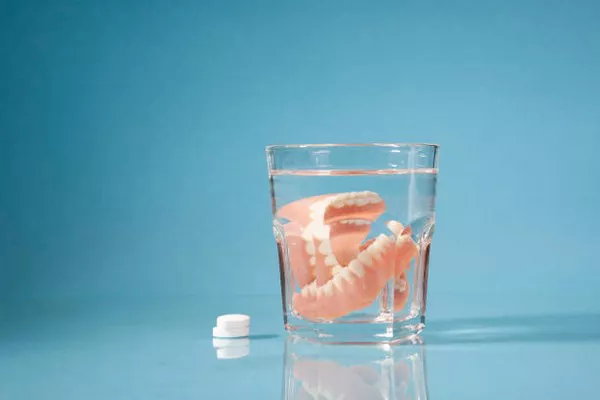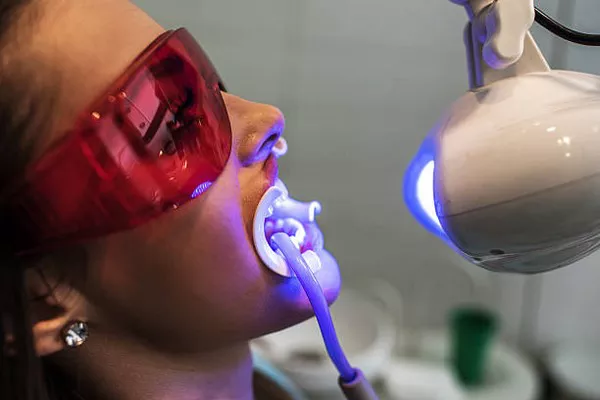Whitening strips are a popular at-home teeth whitening solution that has gained popularity in recent years. While they are easy to use and can produce noticeable results, there is often confusion about how long to wear whitening strips for optimal results. In this article, we will explore the recommended time frame for wearing whitening strips, discuss common concerns, and offer tips for getting the best results.
What Are Whitening Strips?
Whitening strips are thin, flexible plastic strips that are coated with a gel containing hydrogen peroxide or carbamide peroxide. These chemicals penetrate the enamel on your teeth and break down stains, leaving your teeth looking brighter and whiter. Whitening strips are applied to your teeth for a specific amount of time each day, usually ranging from 30 minutes to an hour, depending on the brand and strength.
How Long Should You Wear Whitening Strips?
The recommended time frame for wearing whitening strips varies depending on the brand and strength of the product you are using. Most over-the-counter whitening strips are designed to be worn for 30 minutes to an hour each day for two weeks. However, some brands may recommend wearing them for up to two hours per day, while others suggest using them every other day. It is important to carefully read and follow the instructions that come with your specific brand of whitening strips.
If you are using professional-strength whitening strips, the recommended time frame may be longer or shorter than the standard two-week period. Some brands may recommend wearing them for up to four weeks, while others may suggest only using them for a few days.
It is important to note that overuse of whitening strips can cause damage to your teeth and gums. Leaving them on for too long or using them too frequently can lead to tooth sensitivity, gum irritation, and even chemical burns. To avoid these risks, it is essential to follow the manufacturer’s instructions carefully and avoid exceeding the recommended time frame.
Tips for Getting the Best Results
To get the best results from whitening strips, there are several tips you can follow in addition to wearing them for the recommended amount of time. These include:
Brush and floss your teeth before applying the strips to ensure that your teeth are clean and free of any plaque or debris that could interfere with the whitening process.
Avoid eating or drinking anything that could stain your teeth while wearing the strips, such as coffee, tea, or red wine.
Consider using a toothpaste designed for sensitive teeth if you experience discomfort or sensitivity while using whitening strips.
Use a timer or set an alarm to ensure that you do not leave the strips on for longer than the recommended time.
Be patient! Whitening strips can produce noticeable results, but they are not a miracle solution. It may take several treatments before you see significant improvement in the shade of your teeth.
Alternatives to Whitening Strips
If you are concerned about the length of time required to wear whitening strips or experience sensitivity or discomfort while using them, there are several alternative options available for achieving a brighter, whiter smile. One option is to have a professional teeth whitening treatment done by your dentist. These treatments use stronger bleaching agents and can produce more dramatic results in a shorter amount of time.
Another option is to use at-home whitening kits that come with custom-fitted trays. These trays are filled with a whitening gel and worn for a certain amount of time each day. While this method takes longer than using whitening strips, it can be more effective and less likely to cause sensitivity.
Conclusion
In conclusion, the length of time required to wear whitening strips varies depending on the brand and strength of the product you are using. It is important to carefully read and follow the manufacturer’s instructions to avoid overuse and potential damage to your teeth and gums. Following the tips outlined above can help you get the best results from using whitening strips, but if you experience discomfort or sensitivity, it may be best to explore alternative options for achieving a brighter, whiter smile.


























